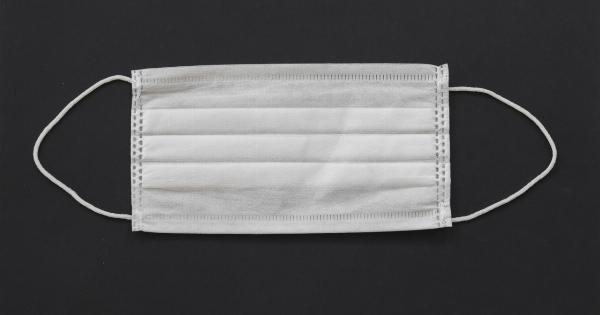The winter months can be a bit overwhelming when it comes to battling the flu and colds. The symptoms can be similar, making it hard to know exactly what you are dealing with.
In this article, we will talk about the differences between the two while also discussing prevention measures and treatments.
What is a Cold?
A cold is a viral infection that mainly affects the nose and throat. It is the most common respiratory illness and can be caused by different types of viruses. Symptoms can include a runny or stuffy nose, sore throat, cough, sneezing, and fatigue.
What is the Flu?
The flu is also a viral respiratory illness caused by influenza viruses. It can affect the nose, throat, and lungs, and can sometimes lead to serious complications such as pneumonia.
Symptoms can include fever, cough, sore throat, runny nose, body aches, and fatigue.
What are the Differences between the Flu and a Cold?
Even though both illnesses share similarities, there are a few significant differences between the two.
Onset of Symptoms
A cold can begin gradually, with symptoms taking a few days to appear, while the flu can come on suddenly, sometimes within hours.
Severity of Symptoms
A cold is usually milder than the flu, and its symptoms are less severe. The flu can be more intense, and symptoms can last for several days or even weeks.
Fever
A fever is more common with the flu than with a cold. While a cold can sometimes cause a low-grade fever, the flu usually comes with a high temperature that lasts for several days.
Body Aches
Body aches are another symptom more common with the flu than with a cold. While you may feel a bit achy with a cold, you are more likely to experience severe muscle aches and joint pain with the flu.
Prevention Measures
The best way to prevent colds and the flu is by washing your hands frequently with soap and water. You can also avoid touching your face with your hands as this can transfer germs from.
It is also important to stay home when you are feeling sick to avoid spreading your illness to others. Covering your mouth and nose when you cough or sneeze can help reduce the spread of germs as well.
Treatments
Unfortunately, there is no cure for either the cold or the flu, but there are treatments you can use to lessen your symptoms.
Resting and drinking fluids are essential when you have a cold or flu. Staying hydrated with water, herbal teas, or soups can help ease congestion, sore throat, and headache.
For flu symptoms, antiviral medications can be prescribed to shorten the duration and severity of the illness. Over-the-counter pain relievers such as acetaminophen and ibuprofen can help reduce fever, headache, and body aches.
Conclusion
While it can be hard to differentiate between a cold and the flu, being aware of the symptoms and prevention measures can better equip you to combat the viruses.
Remember to take care of yourself and stay home when you are feeling ill to avoid spreading your germs to others.






























